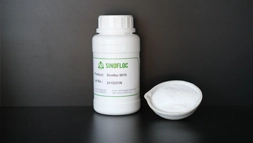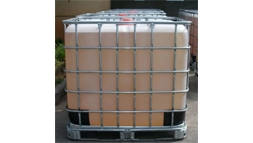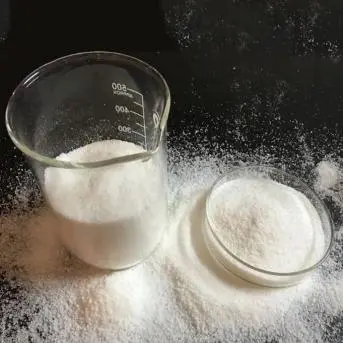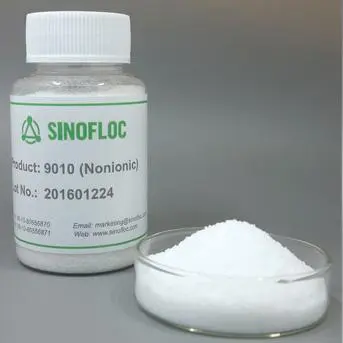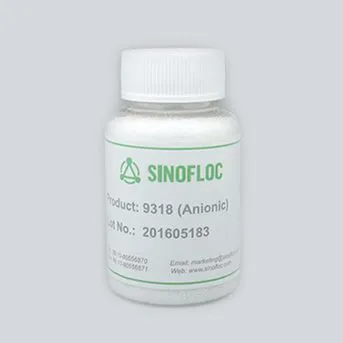Polyacrylamide can be divided into two types: polyacrylamide emulsion and dry pam. What is the difference between the two? An analysis is made based on the following five points:
Cationic polyacrylamide emulsion is milky liquid, while the dry pam is white granule or powder-like product. However, cationic polyacrylamide emulsion is transparent liquid with light yellow or light green color, and the dry pam is white or light yellow granule or powder.
The degree of hydrolysis of anionic dry pam can be 5%-100%, while the degree of hydrolysis of anionic polyacrylamide emulsion is generally 30%.
The effective content of dry pam products is greater than 90%, while the polyacrylamide emulsion’s is generally only 40%. The effective content of polyacrylamide determines the cost-effectiveness of the product. It can be learned that dry pam requires less in dosage than polyacrylamide emulsion.
To dissolve polyacrylamide emulsion completely costs 1-10 minutes , while dry pam takes 40 to 60 minutes to dissolve completely.
Dry pam products are generally packed in 25kg paper-plastic composite bags or container bags, while polyacrylamide emulsions are packaged in plastic drums of 25kg, 50kg, 200kg or 1000kg.
What to be known is that polyacrylamide emulsion is not a dissolution product of dry pam, but a water-in-oil product or water-in-water product produced by inverse emulsion polymerization. If you are not sure how to choose polyacrylamide products, please call us and we will choose the most suitable product for you as your request.
 English
English Español
Español русский
русский português
português
